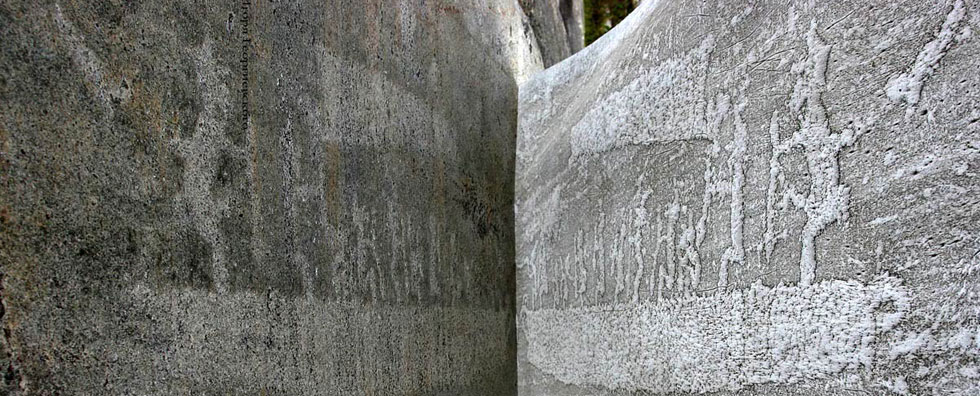
Issue №1, Vol. 18
Khitrov E., Andronov A., Khakhina A., Grigorev G. Assessment of vehicles interaction with forest soils based on the methods of the theory of off-the-road locomotion // Resources and Technology. 2021. №1, Vol. 18. P. 1‒52.
DOI: 10.15393/j2.art.2021.5442
Assessment of vehicles interaction with forest soils based on the methods of the theory of off-the-road locomotion
| Khitrov Egor | St. Petersburg State Forest Technical University named after S.M. Kirov, yegorkhitrov@gmail.com |
| Andronov Aleksandr | St. Petersburg State Forest Technical University named after S.M. Kirov, andronovalexandr@gmail.com |
| Khakhina Anna | St. Petersburg Polytechnic University of Peter the Great, anna-hahina@mail.ru |
| Grigorev Gleb | St. Petersburg State Forest Technical University named after S.M. Kirov, vtl-lta@mail.ru |
|
Key words: rutting cross-country ability tractive performance of movers vehicle turn |
Summary: The proposed research is based on provisions of the theory of off-the-road locomotion. The study uses methods of mathematical analysis as well as numerical methods of applied mathematics for developing mathematical models and performing calculations, conducting and processing the results of computational experiments. The study presents modernization of the methodology for calculating the indicators of interaction between forestry vehicles and the bearing surfaces including straight and tangential motion. The proposed mathematical model of the interaction makes it possible to calculate the rut depth, the soil compaction, the resulting and average ground pressure of the vehicle, soil resistance force to vehicle straight rolling and turn, the maximum possible cohesion force of the mover to the bearing surface and the slip ratio corresponding to its value. The calculated data allowed the authors to determine the coefficients of rolling and turning resistances, maximum tire-to-surface friction coefficient, and net thrust force coefficient and to assess the vehicle cross-country ability. The model takes into account parameters of the bearing surface determined by the type, condition and accepted rheological model of the soil, and those of the mover determined by adjusted load, angle of the turn, velocity, number of consecutive passes along the track, width, and grousers spacing. Additional parameters are determined for a wheeled mover including the wheel diameter, tire pressure, tire section height; and the length of the horizontal projection of the track onto the bearing surface are determined for a tracked mover. As a result of the calculations performed, the study estimates the influence of the parameters of the mover and the properties of the bearing surface on the indicators of rutting, soil compaction, vehicle tractive performance and the parameters of forest machines cross-country ability in conditions of weak-bearing surfaces. |
Displays: 1027; Downloads: 605;




